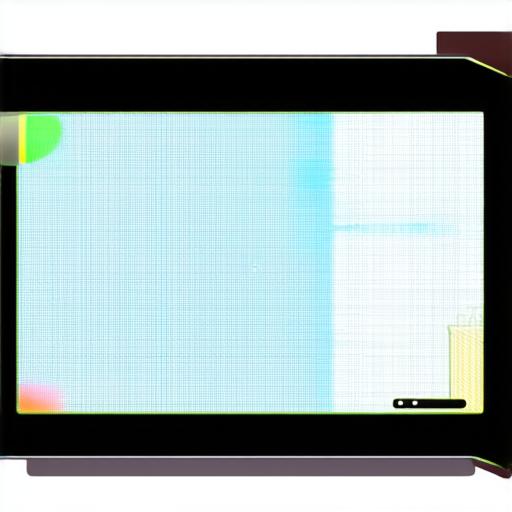
Augmented Reality (AR) and Education
Augmented reality (AR) is becoming increasingly popular in various fields, including education. AR refers to technology that overlays digital information over the real world, making it easier for people to interact with and learn from their environment.
The Benefits of Augmented Reality in Education
AR allows students to visualize complex concepts and ideas in a more accessible and engaging way. This technology makes learning more interactive and immersive, allowing students to better understand the subject matter.
Enhanced Visualization and Understanding
AR can be used to create virtual models of historical landmarks, scientific structures, or even biological systems, making it easier for students to grasp these concepts and apply them in real-life situations.
Increased Engagement and Motivation
AR makes learning more engaging and interactive, which can increase student motivation and enthusiasm. Students are more likely to be interested in a subject when they are able to interact with it in a meaningful way.
Improved Retention and Memory
AR has been shown to improve retention and memory by making learning more engaging and interactive. Studies have shown that students who learn using AR are better able to retain information and recall it later on.
Real-World Applications
AR has real-world applications in various fields, including education. This technology can be used to create simulations that allow students to practice skills in a safe environment, such as medical procedures or driving lessons.
Case Studies and Personal Experiences
One example of AR in education is the use of apps like Aurasma and Layar. These apps allow teachers to create interactive lessons that overlay digital information over the real world. For example, a biology teacher can use an app to create an interactive lesson on the human body, where students can explore different systems and organs by scanning their bodies with the app.
Why Augmented Reality is Significant in Education
Future-Proofing Education
As technology continues to evolve, AR has the potential to become an essential tool for education. This technology allows for a more personalized and engaging learning experience, which can lead to better understanding and retention of information. With the increasing use of AR in various fields, it is important that educators stay up-to-date with this technology and integrate it into their teaching practices.
Increased Accessibility and Inclusion
AR has the potential to increase accessibility and inclusion in education by making learning more accessible to students with disabilities or those who are unable to physically attend classes. For example, AR can be used to create virtual field trips for students who are unable to travel, or to provide real-time translation for non-native speakers.
Improving Teacher Training and Professional Development
AR can be used to improve teacher training and professional development by providing immersive and interactive experiences that allow teachers to learn in a more engaging way. For example, AR apps can be used to provide virtual simulations of classroom scenarios, allowing teachers to practice their teaching skills in a safe environment.
The Future of Education
The future of education is likely to be heavily influenced by augmented reality. As this technology continues to evolve, it has the potential to revolutionize the way we approach education and make learning more accessible, engaging, and effective. By staying up-to-date with this technology and integrating it into our teaching practices, we can ensure that our students have access to the best possible educational experiences.
Conclusion
Augmented reality has significant potential in education, as it allows for a more personalized and engaging learning experience. This technology has the potential to improve student understanding, motivation, retention, and memory, and has real-world applications in various fields. As AR continues to evolve, it is important that educators stay up-to-date with this technology and integrate it into their teaching practices to ensure that our students have access to the best possible educational experiences.
